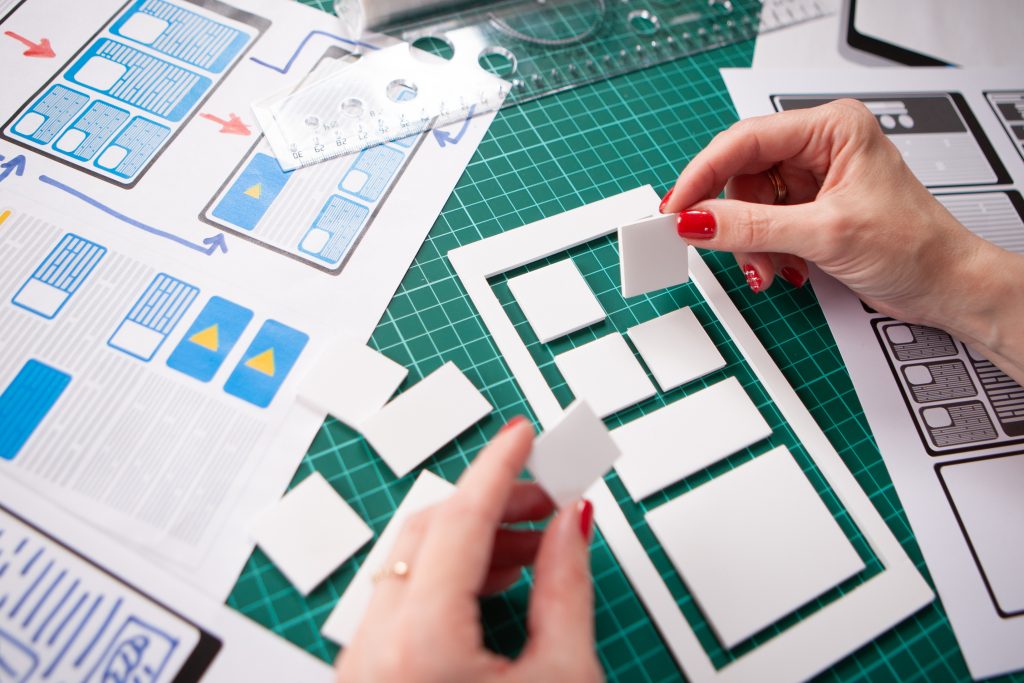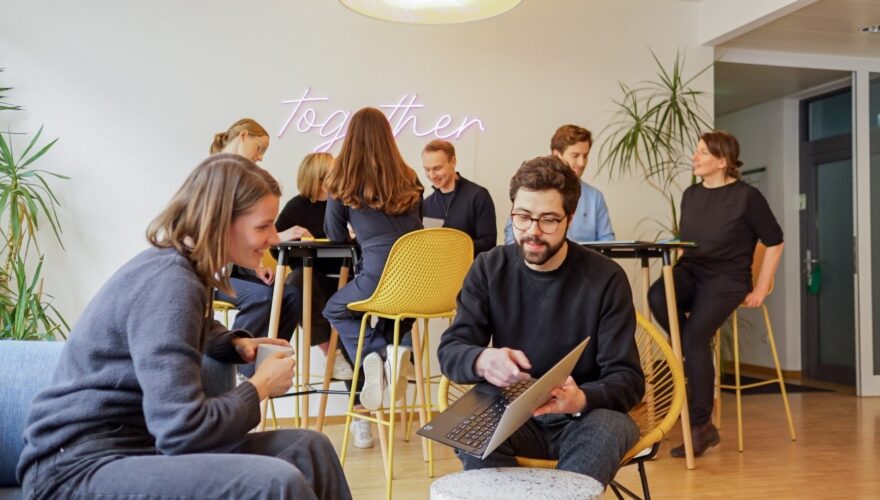Founder Spirit as a Success Factor
Innovation must renew? Yes! Innovation must radically invert traditional business models? Okay! Innovation must change the identity of the company? No! New working methods in brand development, digitalization as well as the creation of new business models do not override the tradition of the company founders. The quality of the founding idea and the founding opportunity can play a role. The external framework conditions of the start-up (financing possibilities, politics, economy, society, technology, legislation, ecology and value concepts) as well as the personality of the company founders also play a major role in the innovation context. This is the only way to remain true to the corporate identity and at the same time master the digital transformation. Only in this way can tradition and innovation become a perfect match.
At the same time, innovation requires people who pick up on this founding spirit, have it inherently, and drive it forward. Who test innovative approaches – from positioning to communication to sales. This unit is oriented towards the culture, idea generation, and agile working methods of start-ups and tests and adapts them according to their needs in the corporate context. In developing new brands, the team not only works closely with colleagues within the company but also consciously relies on input and ideas from external partners. In this way, knowledge and innovative spirit can be transferred between different worlds – and in the end, both sides benefit.

Corporate Start-up Units
Corporate Start-up Units not only form a completely new business area, but also establish an entirely new way of working: the focus here is on innovative and agile approaches. This is where existing brands can be further developed. But not only this. Corporate Innovation Hubs take a closer look at where the corporation is not yet optimally meeting customer needs. Which niches are not yet being served by the major brands. Innovation Hubs track down these whitespots and develop completely new products.
Refining, identifying, and advancing corporate brands requires constant self-examination. This requires initiative, courage, and creative thinking. In order to find and convince supporters of the new product idea as an innovation hub within the group, prototypes can help to illustrate the new and further development of products and brands in a short time with little effort and low investment. And not only for the corporate prototypes are an ideal basis for discussion, illustration, and further development. Prototype testing is also essential with regard to future customers.
How (lean) prototyping helps in testing ideas
For many products, the small idea found in consumer studies often ignites. This small idea is enriched by aspects that meet the consumer need. For the development of a prototype, not only the core of the product but also the core of the consumer need must be identified. Ideally, the prototype combines both.
So far so good. But essential is the reaction of the consumer during the test: between enthusiasm, tired indifference and clear rejection, everything can be experienced. In the end, the prototypes must be so enriched or streamlined that they meet the customer’s needs precisely.
The key is not only in gathering more and more insights and enriching “the more the merrier”; sometimes it can also make sense to throw something overboard that you yourself thought was indispensable, but which has zero appeal to the consumer.
Prof. Dr. Johann Füller, Professor for Entrepreneurship & Innovation at the University of Innsbruck
The challenges of lean prototyping
1. What representation of the future product is as simple (and cheap) as possible and at the same time as sophisticated as necessary to sample the essence of the product in a meaningful way?
2. How can I adjust the level of detail of the prototype depending on the project phase? And what level of detail fits which phase of the project?
3. How lean can the prototype be to still allow for a reasonable user experience?
4. How do you take into account the poles of R&D (feasibility prototyping) versus marketing/claim and story (desirability prototyping) when prototyping?

Digital prototypes of tomorrow
Building digital prototypes is becoming increasingly important in every industry. There are many advantages over traditional market research and physical prototypes:
1. digital prototypes generally incur lower costs. Design changes – that inevitably occur during the development process – can be moved to an early stage of development.
2. design variants can be easily tested and optimized on the computer.
3. digital prototypes facilitate and enable joint development across departmental, company or geographical boundaries. The best specialists and partners in each case worldwide can be integrated into a digital development network.
4. prototypes can be tested faster on the computer than with physical models.
5. digital prototypes lead to the most honest consumer feedback. The feedback is not directed at another human being and social interaction parameters do not play a role.

Dr. Sandra Lemmer, Executive Assistant & Content Marketer at HYVE


